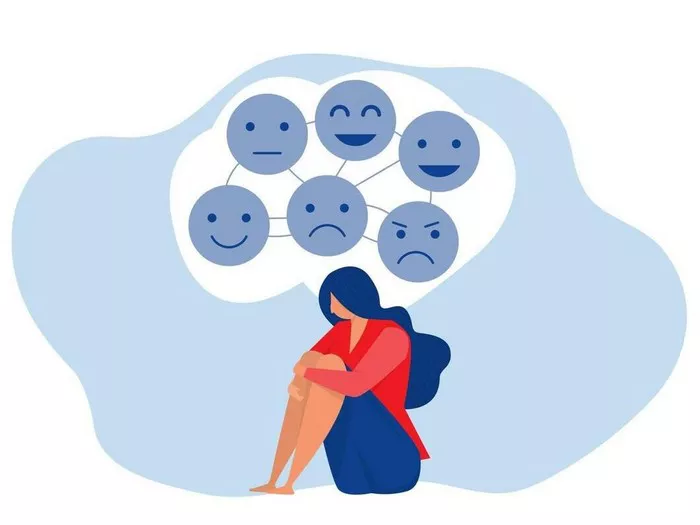A groundbreaking data map, “Mapping the Mental Health of the UK’s Young People,” produced by the Centre for Mental Health in collaboration with Kooth, has exposed significant disparities in the mental health of children and young people across the UK’s four nations and within local areas. The report serves as a call to action for policymakers at both national and local levels to address these imbalances and ensure equitable access to mental health support for all young people.
The data map, the first of its kind, compiles data from various sources, including the NHS Mental Health of Children and Young People in England 2023 survey and multiple indicator profiles from the Fingertips Public Health Profiles database. It reveals that one in five children and young people aged 8-19 in England suffer from a mental health difficulty, with rates increasing as children age.
The map identifies Rotherham as having the highest number of new referrals to children’s specialist mental health services at 182 per 1,000, compared to a national average of 70. Herefordshire records the highest number of hospital admissions at 309 per 100,000, against a national average of 81. The map also highlights areas with higher rates of child poverty, which are likely to have higher levels of mental ill health, necessitating more funding for support.
The data map aims to provide clarity and information for those responsible for commissioning or providing mental health support to children and young people, including policymakers, local councils, health service providers, and the education and voluntary, community, and social enterprise sectors. By transforming data into a visual narrative, the map aids in service planning and interventions.
The report reveals that loneliness is comparatively high among children and young people in Scotland, with 139 in 1,000 11-18 year olds feeling lonely often or always, compared to 55 in 1,000 11-16 year olds in England. Wales reports high proportions of children and young people experiencing bullying, both online and in person. Northern Ireland has higher rates of school absence, with Belfast reporting the highest percentage at 15.2%.
Andy Bell, Chief Executive at the Centre for Mental Health, states, “About ten years ago, in an average size secondary school, approximately 100 children would have had a mental health difficulty. That rate has now doubled.” He emphasizes the need for evidence-based policies and interventions to prevent mental distress and provide earlier and better help when young people need it.
Dr. Lynne Green, Chief Clinical Officer at Kooth, highlights the importance of collaboration to deliver digitally-enabled support at the moment of need. “Our mission is to ensure no young person is left behind when it comes to accessible mental health support,” she says.
Conclusion
The new data map from the Centre for Mental Health and Kooth underscores the urgent need for action to address the disparities in children’s mental health across the UK. It serves as a critical tool for policymakers and service providers to identify areas of need and implement targeted interventions. By working together, we can create a brighter future for all children and young people, ensuring they have the support they need to thrive.
Related Topics:
-
Researchers Receive 45 Million Canadian Dollars To Research New Psychiatric Treatment Methods
-
The Study Emphasizes The Gap In Measuring Sexual Orientation And Mental Health Risks
-
Work Pressure Increases The Risk Of Adverse Cardiovascular Health Measures


